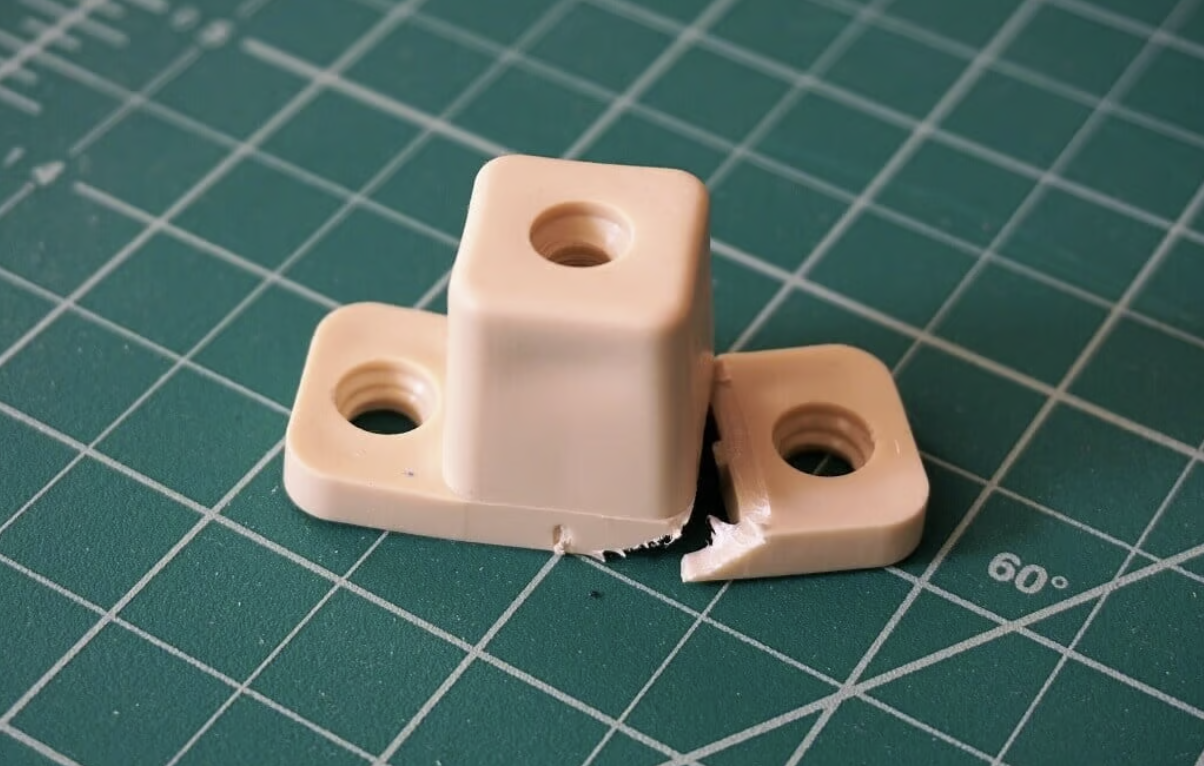This spring, researchers in Indonesia—the world’s largest pineapple producer—unveiled a prosthetic socket made largely of pineapple-leaf fibers. Beta testers hailed the prototype as comfortable, lightweight, and attractive. It’s also more affordable and eco-friendly than carbon-fiber models.
Pineapples are the latest composite fiber to enter the organic-socket sweepstakes. What other plant materials are scientists trying to spin into prosthetic gold? Here are some of the leading contenders.
Hemp
Two years ago at the American Institute of Physics annual conference researchers from an Iraqi university presented the results of exhaustive testing using seven composite materials. Their studies determined that optimal socket lamination consists of four layers of hemp plus two layers of carbon fiber. A Kansas-based company, Human Plant Solutions, has been offering hemp sockets in the United States since 2022.
Kenaf
In a 2018 paper, Malaysian engineers showed that composites based on kenaf yield more comfortable, durable, and flexible prosthetic sockets than fiberglass. Ford and BMW have used kenaf composites in automobile bodies to reduce weight while maintaining strength. Though it has properties very similar to hemp, kenaf (also known as jute) belongs to the hibiscus family, nowhere near hemp (of the cannabis family) on the evolutionary tree.
Bamboo
A socket integrating bamboo and carbon fiber scored better on safety, tensile strength, and endurance than a pure carbon-fiber device. In a 2017 paper describing their research, the authors also noted that bamboo fibers have anti-ultraviolet and anti-bacterial elements, so they make sockets more hygienic and less prone to odors.
Water Hyacinth
A 2019 paper found no significant differences in strength and flexibility between transfemoral sockets made of water hyacinth composites and those made from conventional materials. Water hyacinth fibers already are incorporated into construction materials such as bricks and concrete mixes. They’re also used in durable furniture and textiles.
Rattan
The Asian Journal of Applied Sciences published a 2015 study showing that amputee subjects had better walking speed, stride length, and endurance in rattan epoxy sockets than in traditional sockets. Derived from the spiny stems of climbing palms, rattan has properties similar to wicker. It’s commonly used to manufacture furniture, baskets, and other household products.
Flax
Researchers at the University of Ottawa found composite flax-fiber sockets to be lighter and more comfortable than carbon fiber units. According to their 2021 paper, published in the Journal of Mechanical Engineering, flax sockets reduce vibrations transmitted to the body during movement nearly four times better than sockets made purely of carbon fiber.
Sisal
In a 2022 study published in the Journal of Renewable Materials, composite sockets reinforced with sisal and cotton fibers yielded better scores on tensile strength, elasticity, and overall performance than conventional sockets. Dubbed “the most useful plant you’ve never heard of” by CNN, sisal is used in a wide range of industrial products, including automobiles.
Ramie
In one of the earliest organic-fiber tests, published in 2011, ramie epoxy yielded stronger, more flexible sockets than fiberglass. Sometimes referred to as “vegetable silk,” this southeast Asian plant yields fabrics with properties akin to linen.
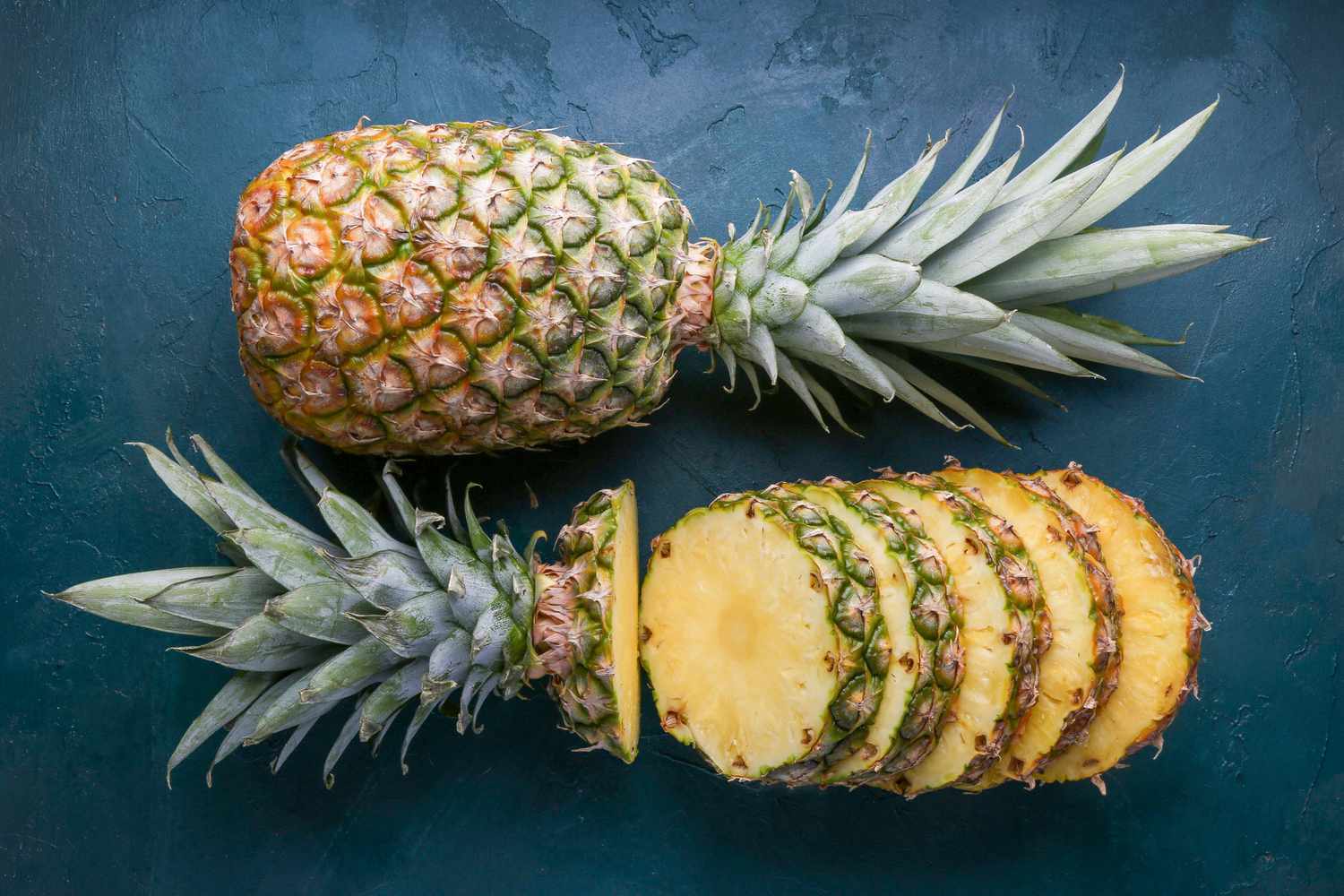



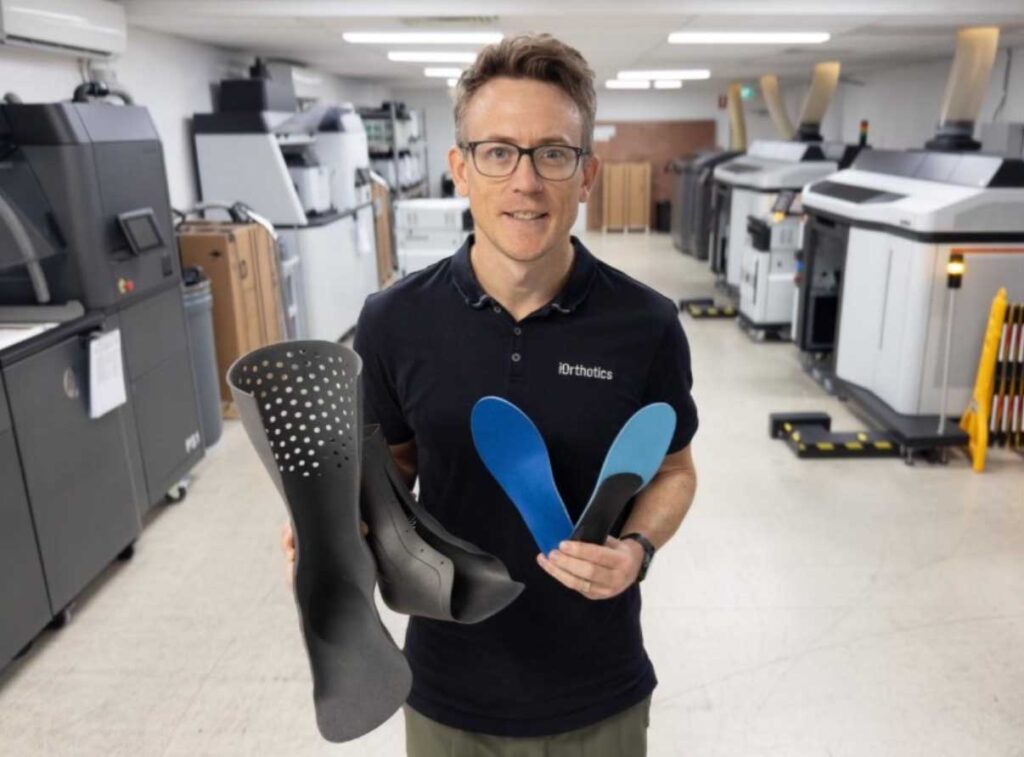


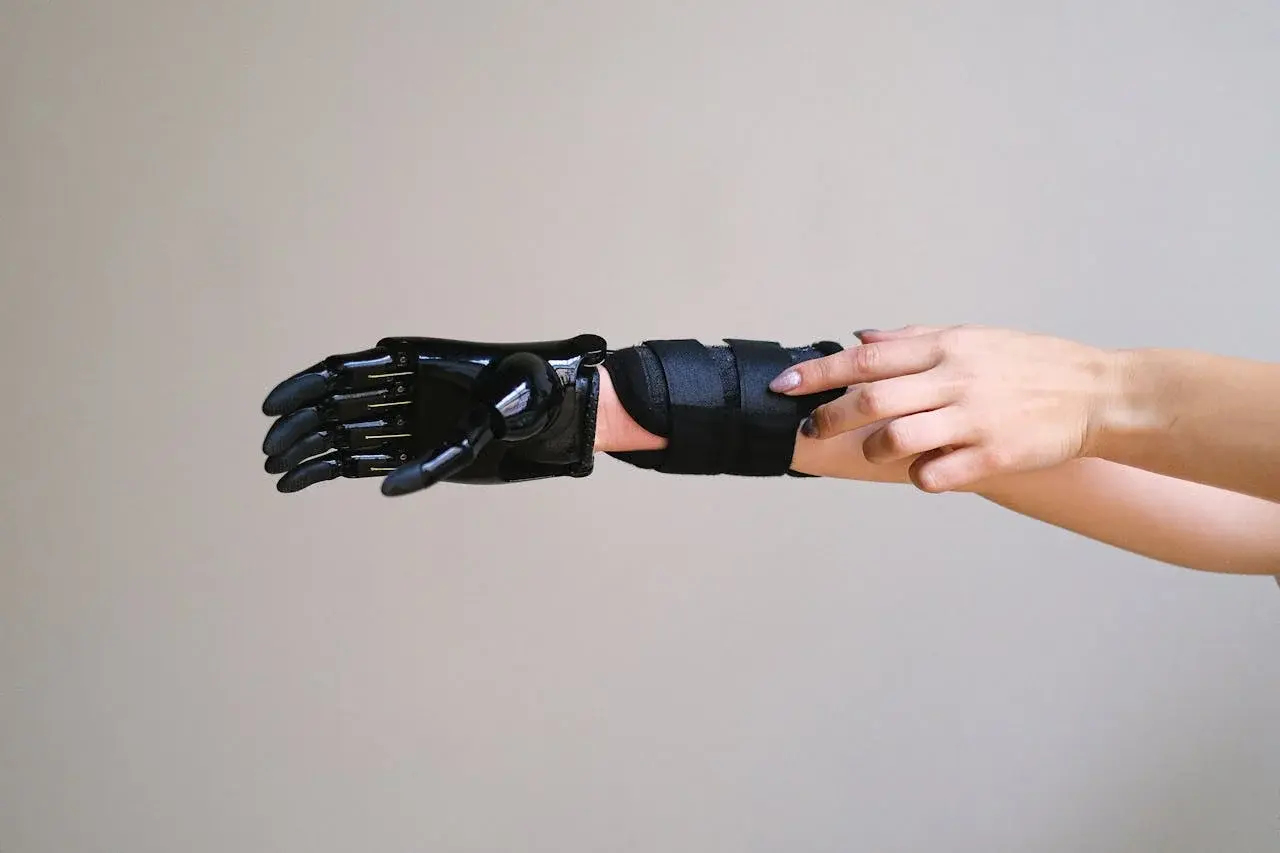
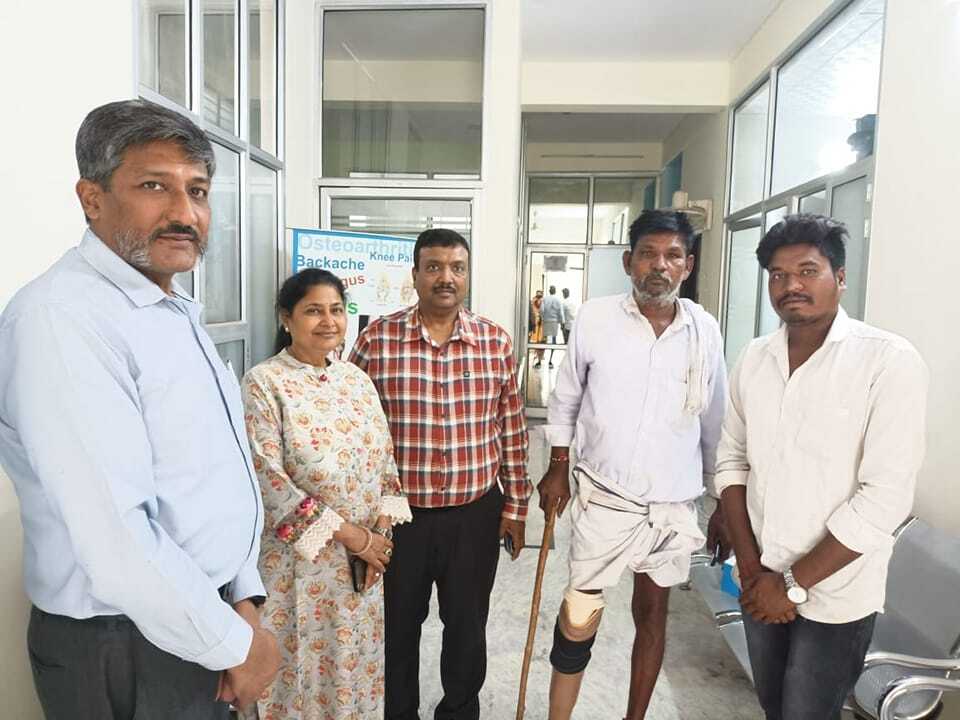


-1.png)
